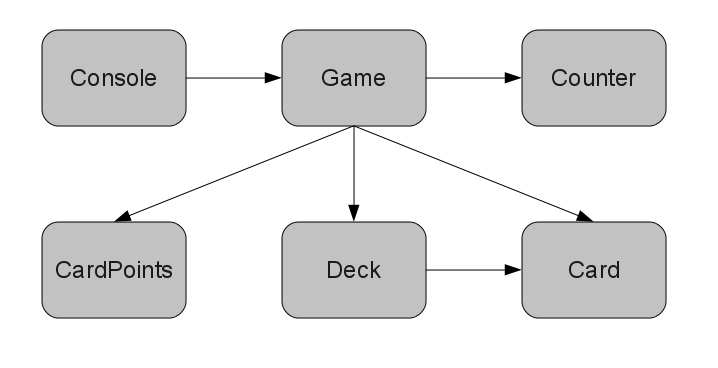| Position in class hierarchy |
Scaffolding needed |
| For the lowest level units with no dependencies, | a JUnit test class that exercises all the
methods in the class. |
| For intermediate level units with dependencies | A JUnit class and fake for each dependency |
| Console user interface |
1. Fakes for each dependency. 2. A Driver:
(Automated) A text file containing expected results ("the oracle") and an Ant script that runs "diff" or other comparison tool. |
| Graphical User Interface |
1. Fakes for each dependency. 2. (Manual) A written description of how the human tester exercises the GUI and the expected results. (Automated) A test script written for UISpec4J, Costello or similar GUI test tool. |
